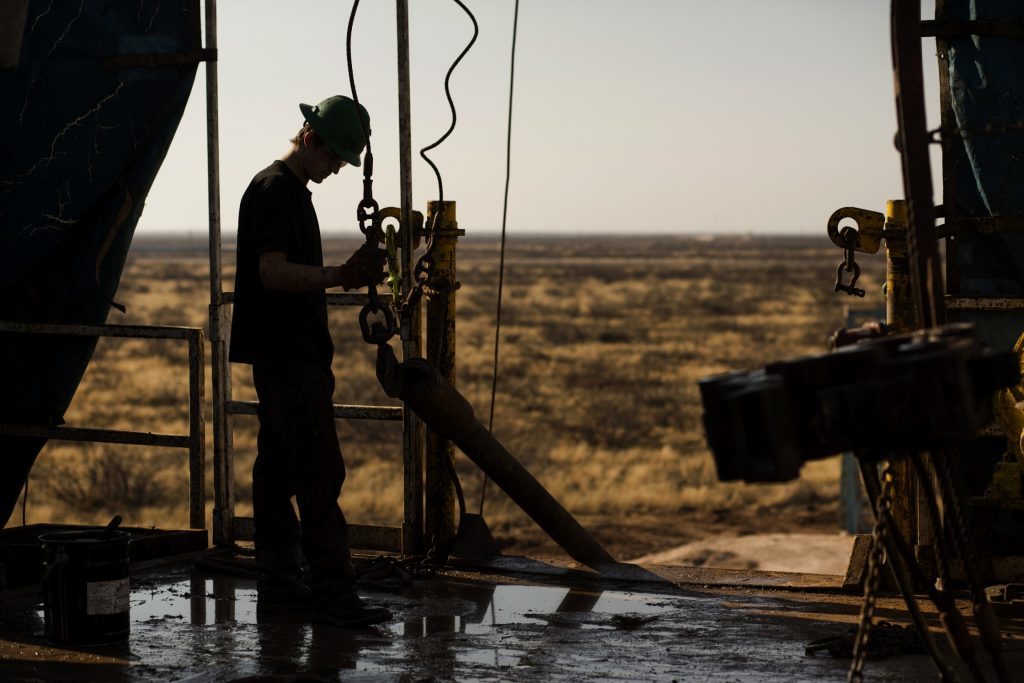
The rate of non-Opec production decline will remain steady through to 2020, creating disappointment for companies pinning their hopes on crude price rises, a new report said.
The study by energy consultancy Wood Mackenzie (Woodmac) said output reductions were the expected result of cuts to field investment and a dearth of new projects during the oil price downturn.
But analysts have been left confounded as non-Opec decline rates have been stable since 2015.
Woodmac said a combination of improved operating efficiency and focused capital expenditure had helped companies keep decline rates in check.
Annual decline rates reached a historical low of just 3.6% in 2014, but they rose to 5.1% in 2015 on the back of steep spending cuts brought on by the crude price rout.
Decline rates have stayed at around that level since 2015 and are expected to remain there until 2020.
The proportion of production from early-life assets will increase to 30% in 2020 from 6% in 2010, counter-acting the higher decline rates from mature assets.
Patrick Gibson, research director for global oil supply at Woodmac, said: “Stable rates of non-Opec decline is a disappointing story for those looking for significant price support coming from declining conventional production.”
Decline rates are forecast to return to 6% after 2020, meaning higher oil prices will be needed to incentivise investment in new production.
Mr Gibson said: “Our current modelling shows stable decline rates until 2020, then a widening to 6% in 2021.
Woodmac said the rate of decline for non-Opec fields was crucial to the global supply picture.
A 1% swing in annual global decline rates could add or removing 2million barrels worth of production per day by 2021.
“Although the present picture is one of resilience and smart spending, further gains remain unlikely.
“With investment so low, the industry is potentially storing up problems for supply that won’t become apparent until after the end of the decade.”
Recommended for you

